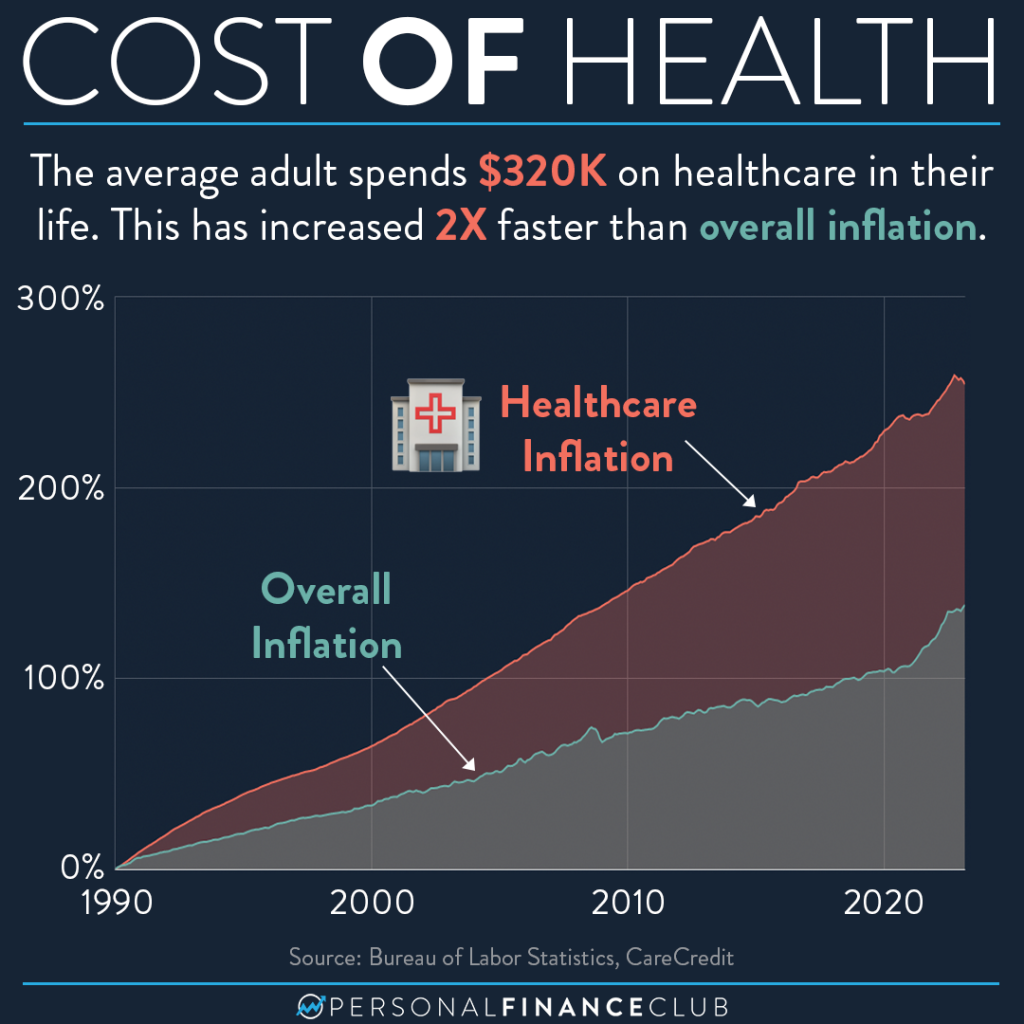Healthcare RCM Devices to Make The Most Of Profits and Minimize Denials
Healthcare RCM Devices to Make The Most Of Profits and Minimize Denials
Blog Article
A Comprehensive Overview on How Health Care RCM Works to Simplify Billing and Collections
Browsing the complexities of health care profits cycle monitoring (RCM) is vital for service providers intending to enhance their billing and collections procedures. The guide unpacks the ins and outs of RCM, from patient enrollment to accounts receivable management, providing understandings right into optimizing each step.
Comprehending Earnings Cycle Management
Comprehending the details of Revenue Cycle Administration (RCM) is essential for healthcare organizations aiming to maximize their economic performance. RCM is an important management feature that incorporates the whole monetary procedure of individual care, from the preliminary consultation establishing to the final payment of the equilibrium. It is a complicated procedure created to determine, accumulate, and handle the profits from the solutions supplied to individuals. Efficient RCM guarantees that health care service providers receive prompt and precise repayments, lessening the danger of earnings loss and boosting capital.
The RCM procedure starts when a client timetables an appointment and expands via the individual's care journey, including payment and collections. An essential objective is to minimize the time between giving a service and getting repayment, thus boosting the organization's monetary wellness. RCM entails various features such as individual registration, insurance verification, fee capture, coding, claims entry, settlement publishing, and taking care of rejections and allures.
Key Parts of RCM
In the world of Income Cycle Management (RCM), recognizing its essential parts is essential to attaining financial effectiveness within healthcare companies. RCM is a detailed process that incorporates numerous stages, each essential to ensuring effective payment and collections. The primary parts include individual registration, insurance policy confirmation, charge capture, coding, insurance claim entry, settlement posting, and accounts receivable management.


As soon as coded, claims are sent to payers, where precision is critical to prevent hold-ups or rejections - Healthcare RCM. Settlement uploading includes videotaping the received payments, which permits the settlement of accounts. Finally, balance dues administration concentrates on tracking and addressing unpaid insurance claims, guaranteeing timely follow-up and resolution
Each part of RCM is adjoined, and ineffectiveness in any kind of part can disrupt the entire cycle. Therefore, grasping these components is essential for doctor to enhance earnings and improve their monetary health and wellness.
Methods for Effective Invoicing

Standardizing payment treatments throughout the organization is another crucial approach. Developing clear guidelines for documentation, coding, and submission assists maintain uniformity and compliance with governing needs. Training staff regularly on these procedures guarantees everyone is current with the most current modifications in billing codes and payer plans.
Precise cost capture is crucial in preventing earnings leakage. Carrying out routine audits and monitoring systems permits the recognition and adjustment of discrepancies prior to they affect income. In addition, preserving open lines of interaction with payers helps to quickly resolve any kind of disputes or misconceptions that may arise.

Last but not least, interesting people early in the payment procedure by giving clear price quotes and instructional materials about their financial responsibilities can considerably reduce complication and boost settlement more helpful hints timeliness. These methods collectively contribute to an extra reliable and economically healthy billing system.
Enhancing Collections Procedures
A robust collections process is vital for preserving monetary stability within healthcare companies. Provided the intricacies of medical payment and the range of payer needs, enhancing the collections procedure involves applying tactical measures that guarantee exact and timely payment of services provided. Central to this is making use of modern technology to automate and streamline procedures, enhancing and minimizing manual errors performance. Automation devices can assist in tracking insurance claim conditions, sending timely tips to patients, and managing rejections a lot more effectively.
Educating team to understand the nuances of insurance plan and invoicing codes is similarly essential. This knowledge empowers them to resolve payment disparities quickly and connect effectively with clients concerning their monetary obligations. Additionally, transparent and clear client interactions are vital. Supplying comprehensive descriptions of costs and using flexible repayment strategies can enhance person satisfaction and timely payments.
Normal audits of the collections process should be performed to recognize areas for renovation and make certain compliance with laws. By examining data, medical care organizations can recognize patterns, prepare for possible issues, and adjust strategies as necessary (Healthcare RCM). Inevitably, a well-enhanced collections process not just sustains economic health and wellness but likewise adds to a much more seamless experience for individuals and staff alike
Optimizing Income Streams
Structure upon the structure of a solid collections process, health care companies can additionally reinforce their monetary security by strategically enhancing revenue streams. This includes a multi-faceted strategy, starting with a comprehensive evaluation of existing revenue sources to determine inadequacies and areas for development. Using advanced data analytics devices enables organizations to get understandings right into payer mix, client demographics, and service use patterns, permitting for data-driven choices that improve profits capture.
Implementing automated billing systems can considerably minimize mistakes and quicken claims processing, guaranteeing that earnings is accumulated much more effectively. Additionally, enhancing payer agreements with routine settlements can enhance compensation rates and terms, directly affecting the lower line. Expanding service offerings, such as integrating telehealth or health check my reference programs, can likewise draw in a wider individual base, hence raising profits capacity.
Another vital element is enhancing patient involvement and contentment, as completely satisfied individuals are a lot more likely to comply with treatment strategies and make timely payments. Offering flexible settlement choices and transparent payment practices can enhance collections and foster patient commitment. Healthcare RCM. By embracing these strategies, healthcare companies can develop a much more resilient monetary framework, making sure sustained development and stability in an ever-changing market landscape
Conclusion
In verdict, health care Revenue Cycle Management (RCM) plays an essential duty in enhancing invoicing and collections processes by incorporating essential parts such as client registration, insurance policy verification, fee capture, coding, claims submission, and receivable monitoring. By employing innovative modern technology, systematizing procedures, and cultivating client involvement, doctor can dramatically reduce claim denials, accelerate repayment cycles, and enhance money circulation. This detailed technique to RCM inevitably results in enhanced economic effectiveness and sustainability for health care companies.
The RCM procedure begins when a patient routines a visit and expands through the patient's care journey, including invoicing and collections.An additional vital part is boosting patient engagement and fulfillment, as completely satisfied patients are more likely to stick to therapy strategies and make prompt settlements. Providing flexible settlement options and transparent payment practices can improve collections and foster patient loyalty.In verdict, health care Revenue Cycle Management (RCM) plays an essential function in enhancing billing and collections processes by incorporating crucial components such as patient enrollment, get more insurance confirmation, fee capture, coding, declares submission, and accounts receivable administration. By employing innovative modern technology, systematizing treatments, and promoting client interaction, healthcare companies can considerably reduce insurance claim denials, accelerate settlement cycles, and enhance cash circulation.
Report this page